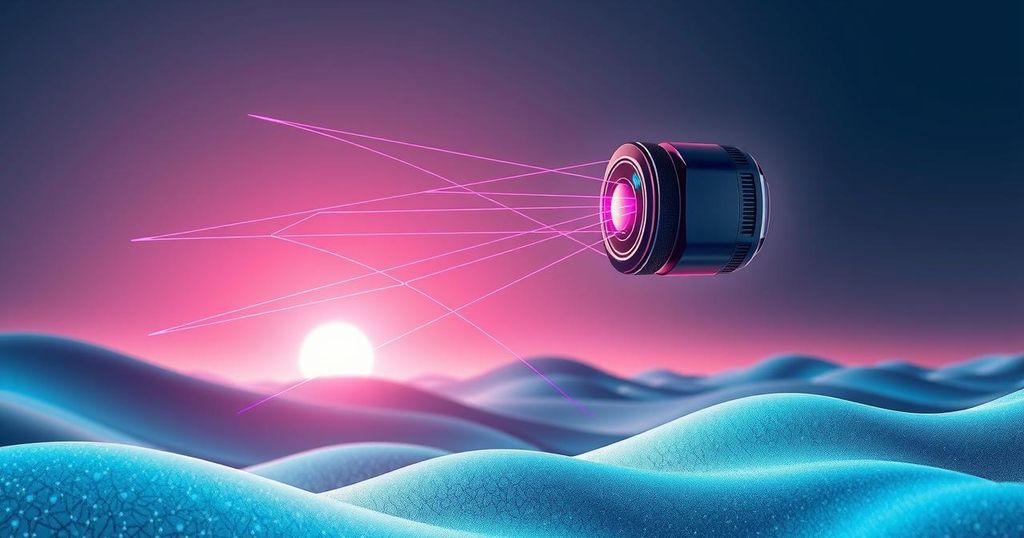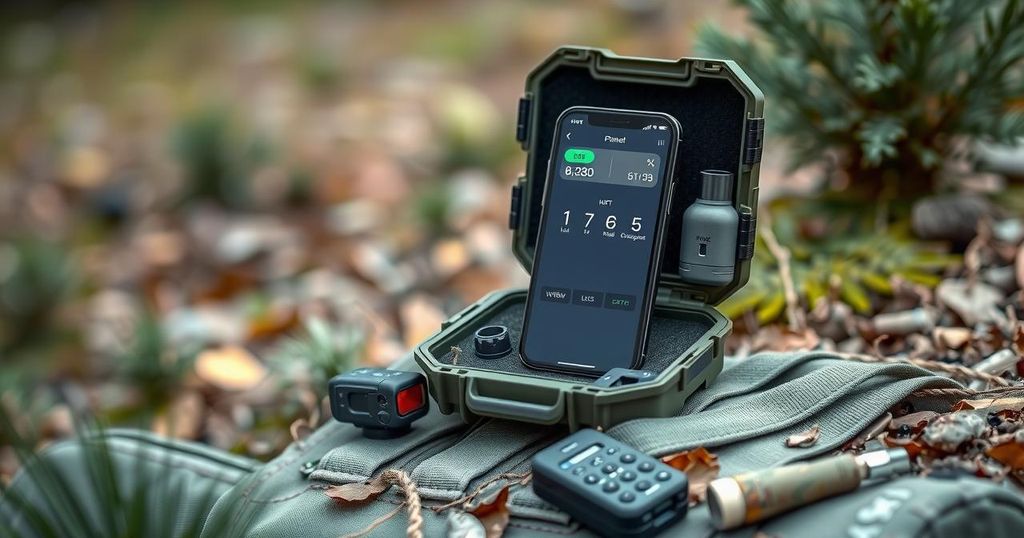A new superconducting LiDAR system can identify faces from a kilometer away, boasting ten times the resolution of existing systems. Developed by a collaboration of elite institutions, it uses a superconducting nanowire single-photon detector for high-accuracy distance measurement and fog penetration. Applications range from security to remote sensing, and it successfully operates in daylight. Despite needing extreme cooling, its capabilities could revolutionize biometric recognition.
A groundbreaking research project has developed a new superconducting LiDAR system that can identify faces from a distance of up to one kilometer. This technology enhances traditional LiDAR, which has been utilized since the 1960s, by employing ultra-sensitive sensors capable of capturing high-resolution 3D data from afar. The study was conducted by a collaboration among Heriot-Watt University, NASA’s Jet Propulsion Laboratory, MIT, and the University of Glasgow.
The innovative system uses a superconducting nanowire single-photon detector (SNSPD), which allows it to track individual photons with remarkable precision of 13 picoseconds. Notably, this LiDAR system can penetrate fog and smoke, broadening its applications to security, remote sensing, and monitoring. Aongus McCarthy, the study’s lead author, mentioned its precise depth measurement capabilities at a millimeter scale, facilitating the differentiation of surfaces over long distances.
The device was tested at various ranges, including 45 meters, 325 meters, and one kilometer, yielding an impressive image of co-author George Taylor from 325 meters. The researchers envision the potential to identify different vehicle types at much greater distances, such as 10 kilometers, which would significantly enhance surveillance and reconnaissance technologies.
This LiDAR system boasts additional strengths, including effective performance in daylight and the ability to penetrate atmospheric obscurants. Furthermore, it maintains eye safety, meaning its laser beams pose no danger upon viewing. However, a noted challenge is the system’s requirement for the detector to operate at approximately -272 degrees Celsius, necessitating a specialized cooling mechanism developed by the research team.
The advancements presented in this paper signify possible major improvements in facial recognition and human activity recognition applications. The comprehensive study detailing these findings is published in the journal Optica, highlighting a pivotal step forward in the capabilities of remote sensing technologies.
The newly developed superconducting LiDAR system signifies a substantial advancement in remote sensing and biometric identification technologies. It not only demonstrates exceptional precision in capturing images at extended distances, including identifying faces from one kilometer away, but also operates efficiently under various atmospheric conditions. The technological leap facilitated by this system holds promising implications for enhanced security and monitoring applications, despite existing challenges related to its cooling requirements.
Original Source: www.biometricupdate.com





